How to Qualify for the Best Home Improvement Loans: Tips and Advice
When you're looking to finance home improvements, one of the best options available is taking out a home improvement loan. These loans can provide the necessary funds to renovate or upgrade your home, whether it's for a kitchen remodel, bathroom upgrades, or energy-efficient home enhancements. However, qualifying for the best home improvement loans can be a challenging process. Understanding the loan requirements and improving your financial profile will increase your chances of getting approved for a loan with favorable terms. In this article, we'll provide tips and advice on how to qualify for the best home improvement loans.
1. Understand the Different Types of Home Improvement Loans
Before applying for a home improvement loan, it's important to understand the various types available and choose the one that best suits your needs. The two most common types of loans are secured loans and unsecured loans.
Secured Loans vs. Unsecured Loans
| Loan Type | Description | Pros | Cons |
|---|---|---|---|
| Secured Loan | A loan backed by collateral, such as your home. | Lower interest rates, larger loan amounts | Risk of losing collateral if you default |
| Unsecured Loan | A loan not backed by collateral, often a personal loan. | No collateral required | Higher interest rates, smaller loan amounts |
2. Review Your Credit Score and History
Your credit score plays a significant role in qualifying for the best home improvement loans. Lenders use your credit score to assess the level of risk they take on by lending you money. Generally, a higher credit score increases your chances of securing a loan with lower interest rates and better terms.
Tips for Improving Your Credit Score:
- Pay your bills on time: Late payments negatively impact your score.
- Reduce your credit card balances: Aim to keep your credit utilization ratio below 30%.
- Dispute any errors: Check your credit report for inaccuracies and resolve them promptly.
3. Calculate Your Loan-to-Value (LTV) Ratio
Your loan-to-value (LTV) ratio is another critical factor in qualifying for a home improvement loan. This ratio is the comparison between the loan amount you wish to borrow and the value of your home. The lower your LTV ratio, the better your chances of securing a favorable loan.
| Loan-to-Value Ratio | Loan Terms | Risk to Lender |
|---|---|---|
| 80% or less | Best loan terms and rates | Lower risk for lenders |
| 81% - 90% | Higher interest rates and stricter conditions | Moderate risk for lenders |
| 91% or higher | Harder to qualify, higher interest rates | High risk for lenders |
4. Provide Proof of Income and Employment
Lenders will want to ensure that you have a stable source of income to repay the loan. You will need to provide proof of income such as pay stubs, tax returns, or bank statements. Self-employed individuals may need to show additional documentation, such as profit and loss statements.
Common Documents Required:
- Recent pay stubs
- W-2 or 1099 forms
- Tax returns for the last 2 years
- Bank statements for the past 2-3 months
5. Evaluate Your Debt-to-Income (DTI) Ratio
Your debt-to-income (DTI) ratio is another critical factor that lenders look at when evaluating your ability to repay a loan. The DTI ratio compares your monthly debt payments to your monthly income. The lower your DTI, the more likely you are to qualify for a loan with favorable terms.
| Debt-to-Income Ratio | Loan Terms | Risk to Lender |
|---|---|---|
| 36% or lower | More favorable loan terms and rates | Lower risk for lenders |
| 37% - 43% | May still qualify but with higher interest rates | Moderate risk for lenders |
| 44% or higher | Harder to qualify, may need a co-signer | High risk for lenders |
6. Shop Around for the Best Rates and Terms
Once you’ve assessed your eligibility, it’s time to shop around for the best home improvement loan. Different lenders offer different rates, terms, and fees, so it’s important to compare options before making a decision. Consider reaching out to banks, credit unions, and online lenders to find the most competitive loan offers.
Tips for Comparing Loan Offers:
- Interest rate: Lower rates mean lower overall costs.
- Loan term: A longer term can mean smaller monthly payments, but more interest paid over time.
- Fees: Watch for origination fees, closing costs, and other hidden fees.
7. Understand the Loan Terms and Repayment Schedule
Before committing to any home improvement loan, it’s important to fully understand the loan terms and repayment schedule. Review the interest rate, repayment period, and any penalties for early repayment. Knowing these details will help you avoid surprises down the road.
Key Loan Terms to Know:
- APR (Annual Percentage Rate): Includes both interest and fees, giving you the true cost of the loan.
- Repayment Period: The length of time you’ll have to repay the loan.
- Fixed vs. Variable Rate: Fixed rates stay the same over time, while variable rates can change based on market conditions.
Conclusion
Qualifying for the best home improvement loans requires a solid understanding of your financial health and loan options. By reviewing your credit score, improving your LTV ratio, and comparing different loan terms, you can secure the financing you need to enhance your home. Remember to shop around for the best rates and always read the fine print to avoid any hidden fees. With careful planning and preparation, you'll be well on your way to securing a home improvement loan that fits your needs and budget.
Explore
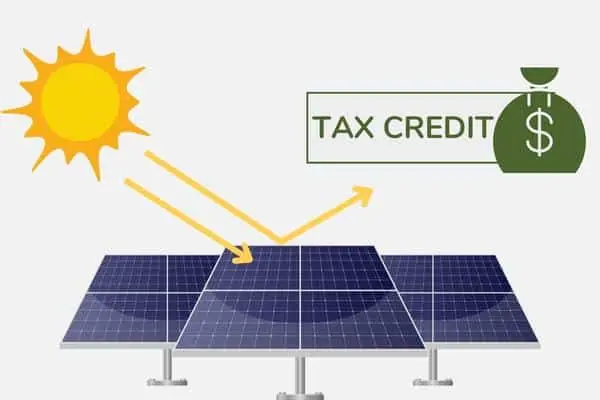
How to Qualify for the Solar Panel Tax Credit in 2025: A Complete Guide

Get Cheap or Free Financial Advice with Professional Financial Advisors

Best Home Improvement Contractors Near Me
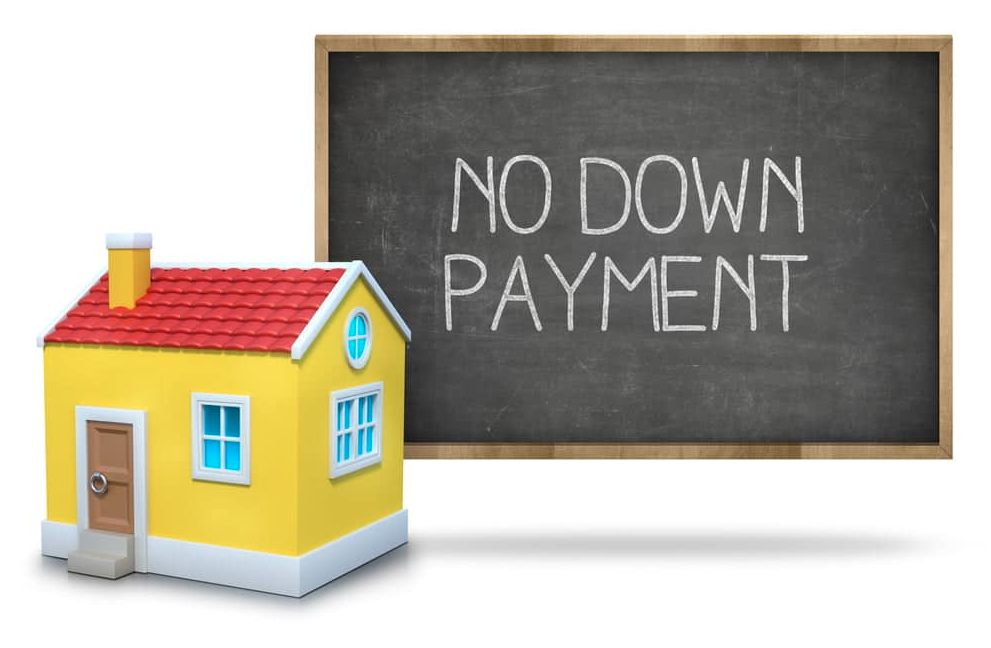
No Down Payment Loans Explained: How to Buy Your Home with Zero Upfront Costs
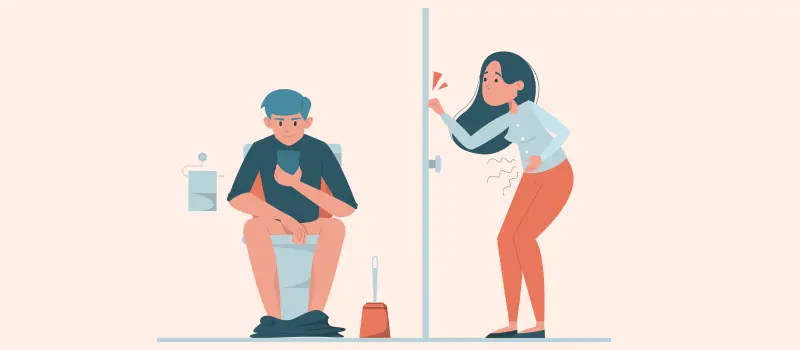
How to Achieve Fast Bowel Relief: Tips and Treatments for Quick Relief
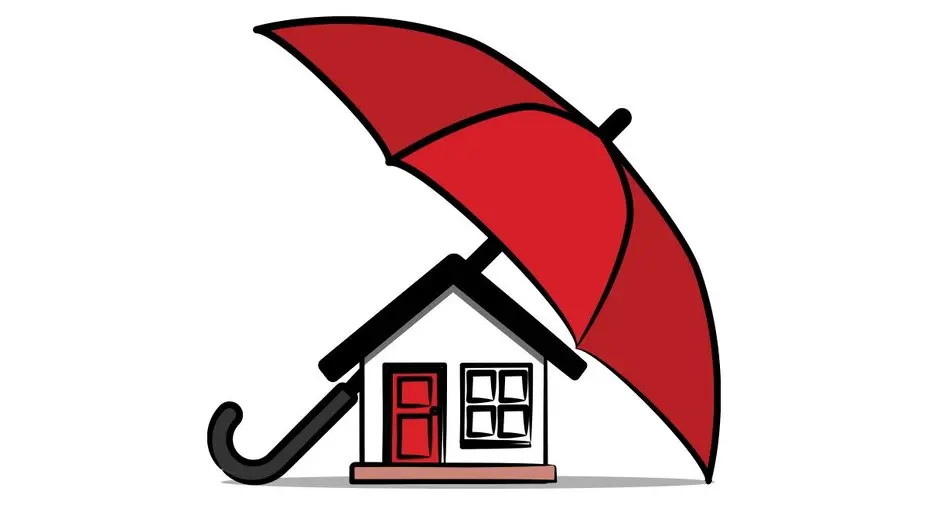
How to Choose the Best Home Warranty Plan for Your Home

How to Score Unbeatable Cruise Deals: Insider Tips for Finding the Best Offers
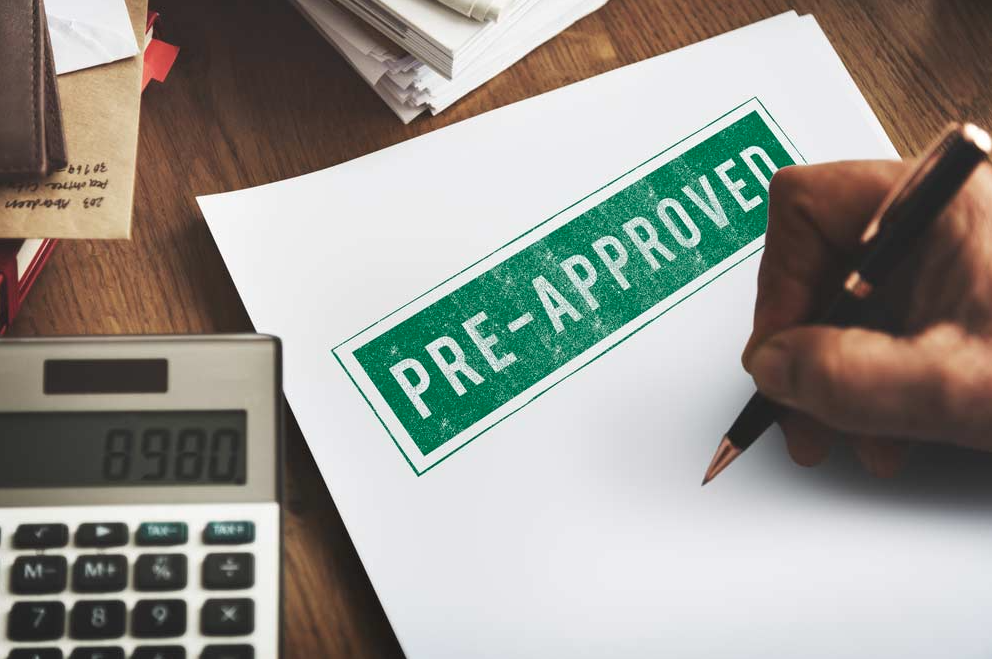
Preapproved Loans Explained: Unlock Better Rates and a Smoother Loan Process
